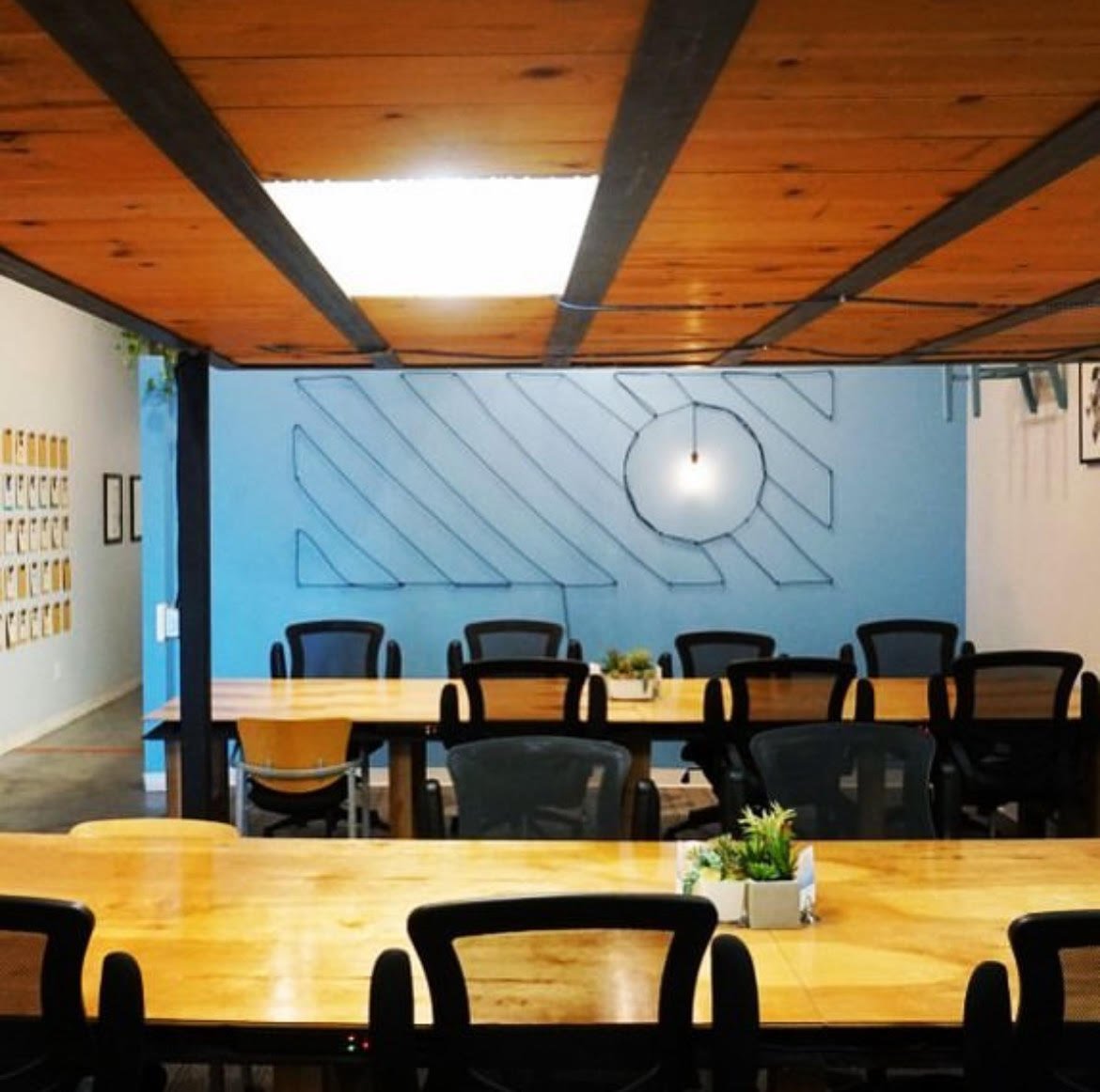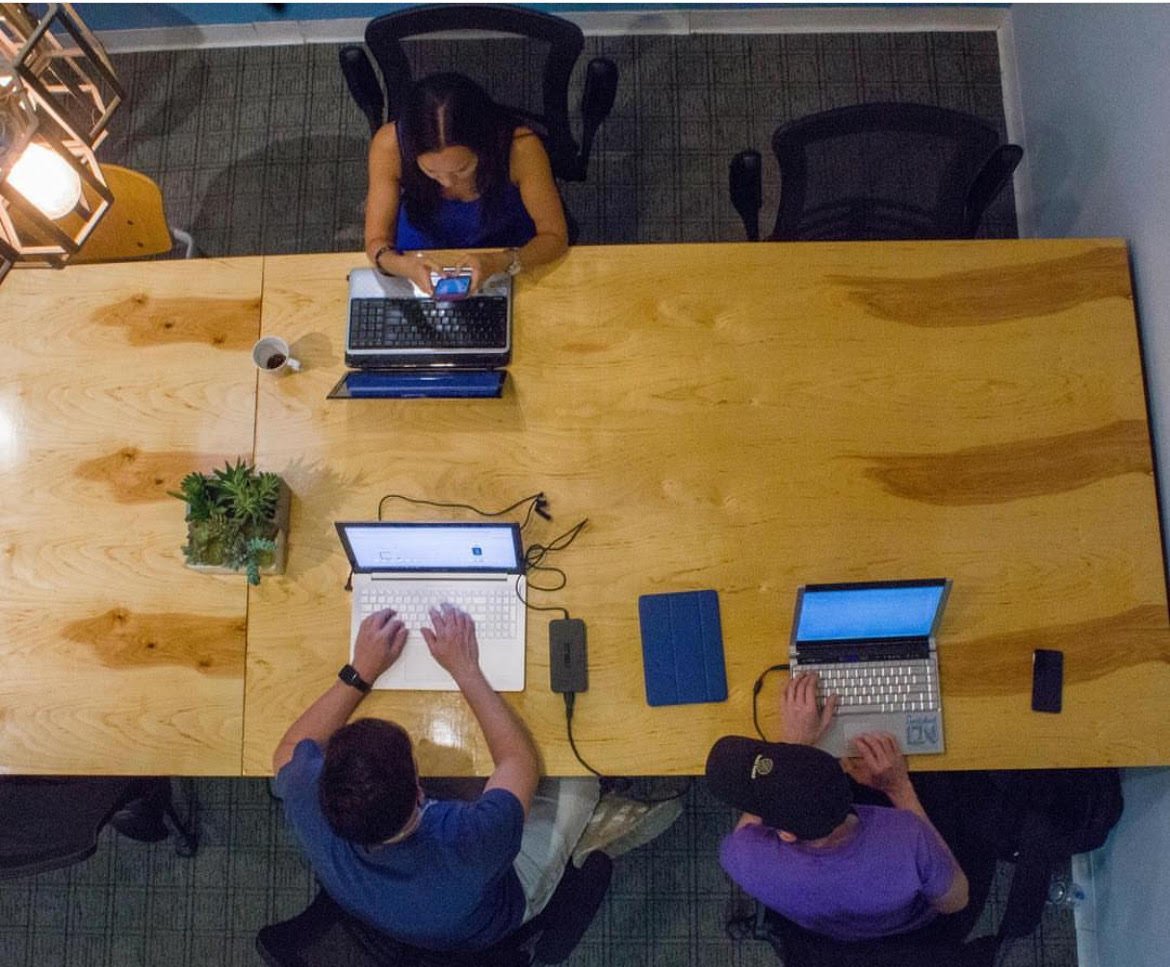Critical Workplace Trends Transforming Businesses in 2023
Embracing the right future-ready workplace trends to stay competitive
In the ever-changing landscape of the modern workplace, staying ahead of the curve is essential for businesses aiming to thrive amidst change. The evolution of the workplace, including the shift towards hybrid and flexible working, has been in progress long before the onset of the Covid pandemic. Consequently, businesses are now racing to adopt emerging work trends to meet the challenges posed by a tight labor market and changing work policies. To successfully navigate the dynamic nature of work environments, driven by factors like technology, employee preferences, and global events, business leaders must adopt a strategic approach to ensure they harness the potential benefits of these changes.
In this article, we delve into several pivotal workplace trends and initiatives that forward-thinking companies are currently exploring and implementing. Properly executed, these trends not only facilitate staying ahead of the competition but also offer a wide array of advantages, such as enhanced employee well-being and increased workplace innovation. Embracing these trends is crucial for future-proofing any organization.
True Flexibility:
We know from research that up to 50% of workers say they would quit (or not accept a job offer) from a company with too few flexible work options. We have also learned that work flexibility is important for well-being, and that workplace experience scores jump from 45% to 74% when workers have more choice and freedom over their work schedule. Employees are increasingly seeking genuine flexibility in their work arrangements- beyond the buzz of hybrid work, employees crave more freedom and choice in how, when, and where they work. Dynamic work environments, such as agile working and activity-based working, empower employees to make decisions about their workspaces, foster productivity, help everyone actually realize the benefits of working remotely, and prevent high churn rates. These strategies, when implemented correctly, can prevent burnout and attract top talent, making them essential in the current competitive job market.
Customized Workspace Design:
The era of one-size-fits-all office design is over. Modern workplaces need to cater to diverse employee needs, offering private spaces, collaborative areas, and places for spontaneous interactions. Soliciting employee feedback and leveraging data-driven insights are crucial in designing offices that support varied workstyles, enhance productivity, and reflect company culture- a shift facilitated by feedback-driven designs and digital workspaces complementing physical environments. The biggest trend in workspace design today is creating offices that are designed around how they will actually be used. Companies must focus on what employees actually need to be most productive. Ultimately, the new goal in workspace design is to create a physical space that actually works, while reflecting and enhancing collaboration, and experiencing the change in their relationship with the idea of a centralized workplace.
Productive Meetings:
Endless and unproductive meetings are a drain on resources and morale. In fact, nearly half of the respondents in a recent survey reported that 40% or more time spent in video conference calls was unproductive and wasteful (unproductive meetings cost businesses an estimated $37 billion a year!). Companies are now focusing on optimizing meetings, ensuring they are necessary and equipped with the right technology; meeting room booking software and innovative conferencing solutions that enhance productivity and streamline hybrid meetings, fostering seamless interactions between in-person and remote participants. Implementing guidelines, improving room designs, and trying out new approaches also enhance the quality and effectiveness of meetings, promoting efficiency and meaningful collaboration.
Technology for Navigation:
As flexible working becomes prevalent, technology plays a pivotal role in helping employees navigate the physical workspace. While most companies by now have optimized the workplace technology they need to enhance their daily operations, many are still lacking technology that helps workers navigate their physical environment. Cloud-based workplace management software coupled with IoT sensors and digital wayfinding solutions provide real-time visibility into office spaces, ensuring employees can easily locate colleagues and resources, even in a hybrid work environment.
Data-Driven Workplace Planning:
Workplace management software empowers companies to make data-driven decisions about office space utilization. Companies no longer have to guess at what might suit their workforce. Instead, they can use data pulled from their workplace software to get an accurate, up-to-date picture of how the office is actually being used. Accurate insights help optimize space, leading to a more efficient use of real estate and reduced costs, aligning with budgetary and environmental goals while enhancing productivity and sustainability.
Enhanced Workplace Communications:
Today, most companies are now embracing the trend towards digital workspace solutions. Advanced digital communication tools like Microsoft Teams, Discord, and Zoom enhance synchronous and asynchronous communication. Tailored solutions integrating these tools with workplace management software bridge gaps and facilitate seamless collaboration and information sharing among teams.
Smarter Security Measures:
As workplaces become more complicated, so does workplace security. The complexity of modern workplaces demand intelligent security solutions. Security in building automation systems is becoming more crucial, as even small and medium sized businesses are being targeted by hackers or have other vulnerabilities exposed. Badge systems that control access and provide real-time data on space utilization enhance security and inform decision-making. Cybersecurity measures are crucial, especially in remote work setups, ensuring data and assets are protected against potential threats.
Blended Departments:
Today’s workplace is often fluid, and as such, many departments share overlapping responsibilities. Collaboration between departments, such as Facilities Management, IT, and Human Resources, fosters a cohesive approach to improving employee experience and workspace efficiency. Blending these departments encourages cross-functional collaboration and ensures a safer and more productive work environment. Since collaboration in the workplace is extremely important , many companies are now at least encouraging departments to work in tandem to create safer and more efficient offices.
Focus on Health and Wellness:
Zippia Research shows the percentage of U.S. employers who offer wellness programs in 2023
Companies are increasingly prioritizing employee health and wellness. Wellness programs, work-life balance initiatives, mental health services, and additional benefits like healthy meals and snacks contribute to a happier, more satisfied workforce. Investing in employee well-being also reduces attrition, boosts productivity, and fosters a healthier workplace culture. Maintaining social distancing measures and providing extra health protections are also crucial in the post-pandemic workplace.
Companies are also focused on creating a positive employee experience. This includes offering competitive salaries and benefits, providing opportunities for growth and development, and creating a culture of respect and inclusion.
Here are a few other notable trends we saw in 2023:
Lending institutions are now more inclined to finance office buildings that include flex spaces, a trend that was uncommon a few years ago. This shift indicates a broader acceptance of the flexible workspace model in the traditional real estate sector. This trend indicates a move from busy downtown areas to suburban, close to home neighborhood spaces. Companies are adapting to a more distributed real estate structure, tapping into a broader talent pool and making workspaces more accessible. This trend reflects the broader shift in the world of work, where flexibility, accessibility, and adaptability are key.
Sustainability: Companies are increasingly focused on sustainability. This includes reducing their environmental impact and creating a more sustainable workplace.
Artificial intelligence (AI): AI is being used in many different ways in the workplace, from automating tasks to improving decision-making.
The gig economy: The gig economy is growing, and more and more people are working as freelancers or contractors. Companies need to adapt to this trend by offering flexible work arrangements and other benefits that appeal to gig workers.
By understanding and embracing these trends, businesses can stay ahead of the curve and create a work environment that not only adapts to the changing landscape but also nurtures employee well-being, attracts and retains top talent, fosters innovation, and sustains long-term success. Companies that embrace these trends will be well-positioned to succeed in the future workplace.








